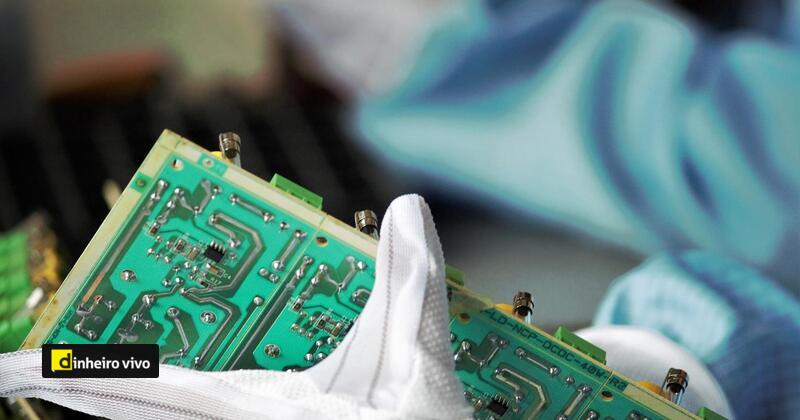Researchers from the Institute of Systems Engineering, Computers, Technology and Science (INESC TEC), in Porto, are part of a project funded by 7.3 million euros, which aims to reduce the carbon footprint of supercomputers and “data centers”.
In a statement, the Porto Institute explained on Monday that the project, titled “Sustainable HPC”, developed in partnership with the Institute of Science and Innovation in Mechanical and Industrial Engineering (INEGI), wants to make supercomputers “more sustainable”.
Supercomputers are computers with a high capacity for processing data, capable of performing “millions of billions of mathematical operations” per second and solving complex problems in fields such as science and engineering.
However, this equipment requires special installations and cooling systems and consumes “tremendous amounts of electrical energy”.
Subscribe to the newsletter
In this sense, the project aims to develop an “energy management solution that promotes decarbonisation of machine operation”, which reduces energy consumption by 60% and expenses by up to 30%.
INESC TEC confirms: “This solution will provide a greener operation for advanced computing facilities and ‘data centers’ in the future”
According to the institute, the Deucalion supercomputer, which will be installed at the Minho Advanced Computing Center (in Braga), will be a “living laboratory” to test the various technologies that the researchers will develop, namely electrical energy conversion and storage. Technologies ..
In addition to “technical feasibility”, researchers will also analyze the economic viability and impact of the technologies developed.
According to the statement, Louis Sica, the INESC TEC researcher in charge of the project, says it “only makes sense to work to ensure that the carbon footprint of the” supercomputer “is” minimized “.
“It is not logical to establish a large facility for self-consumption in a country that is on the path of decarbonizing its system to produce electricity, and it makes sense to use the network availability whenever the electricity it transmits is from renewable sources,” he stresses.
Anna Magalhaes, a researcher at INEGI, says the institute is developing an “innovative” cooling solution that “may reduce electricity consumption by more than 60%, compared to conventional solutions”.
Heat recovery and reuse is also one of the solutions that must be studied by researchers, in order to reuse “heat generated by“ appliances ”for air conditioning in the building itself and even adjacent buildings,” which would allow “to reduce costs by up to 30%”.
The research conducted will depend on electricity from renewable sources, such as solar photovoltaic panels, wind turbines, redox batteries and lithium in Second Life as well as the electrical grid, as confirmed by INESC TEC, adding that this “will lead to a reduction in carbon dioxide emissions.” [dióxido de carbono] About 680 tons per year. “
The project has a global budget of 7.3 million euros, of which 3.2 million euros is funded by the Energy Support Innovation Fund (FAI) of the Energy Agency, and 4.1 million euros from the Energética Efficiency Fund (FEE), which aims to support programs and actions that support the measures anticipated in the action plan. National Energy Efficiency (PNAEE).

